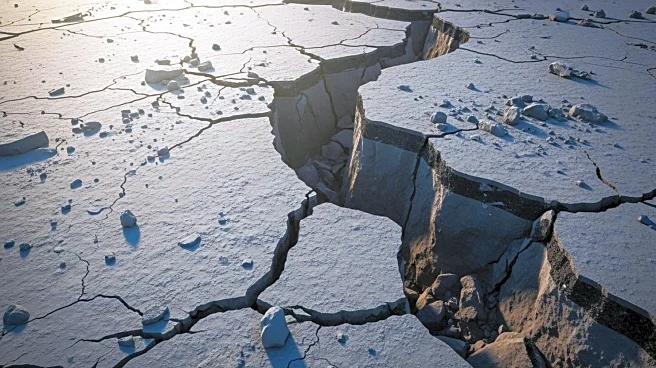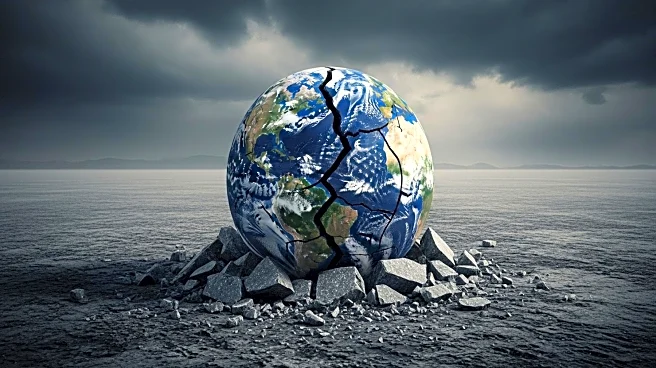What's Happening?
A devastating earthquake measuring 6.0 on the Richter scale struck eastern Afghanistan, resulting in 622 deaths and over 1,500 injuries. The Taliban-run government is conducting rescue operations, with helicopters transporting the injured from remote areas. The quake has caused significant damage, particularly in Kunar province, where villages with mud and brick houses were severely affected.
Why It's Important?
The earthquake adds to Afghanistan's existing humanitarian challenges, including a reduction in foreign aid and the forced return of Afghan nationals from neighboring countries. The disaster highlights the need for international support and effective disaster management strategies. The Taliban's handling of the crisis will be closely scrutinized, potentially affecting its relations with international donors and aid organizations.
What's Next?
Rescue operations continue as authorities attempt to reach remote areas affected by the earthquake. The Taliban government is coordinating with international aid organizations to provide relief and support to the victims. The disaster may prompt increased international attention and aid, potentially influencing geopolitical dynamics in the region. The long-term recovery will require substantial resources and cooperation from global partners.
Beyond the Headlines
The earthquake underscores the vulnerability of Afghanistan to natural disasters, given its seismic activity and inadequate infrastructure. It raises questions about the country's preparedness for such events and the role of international aid in building resilience. The disaster may prompt discussions on improving construction standards and emergency response capabilities.











